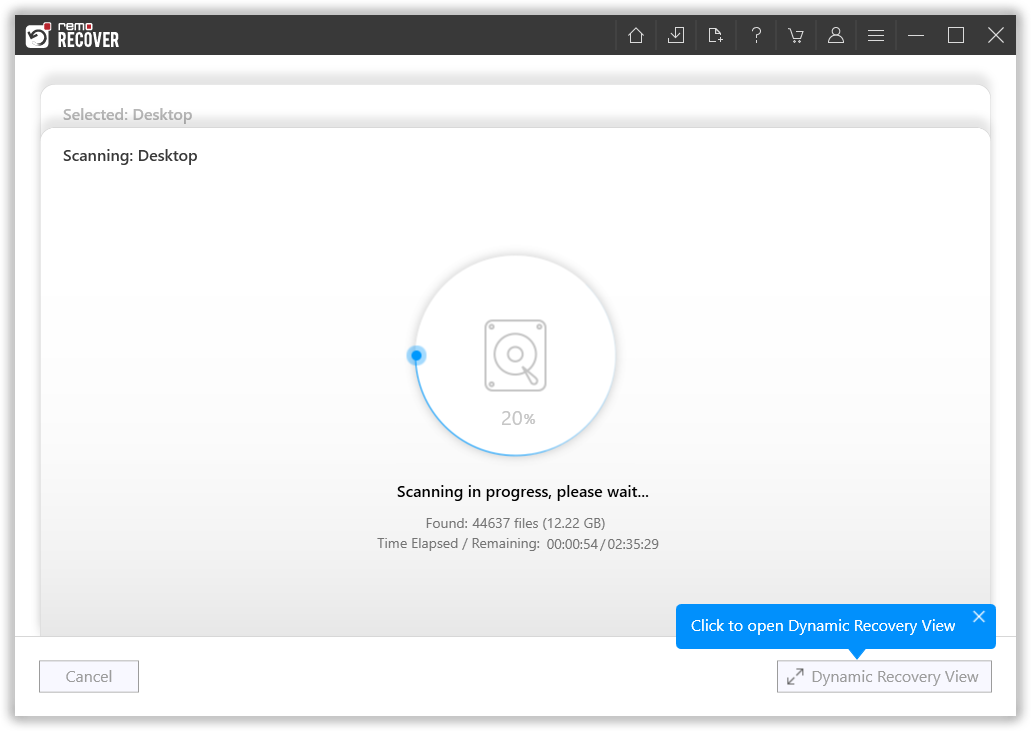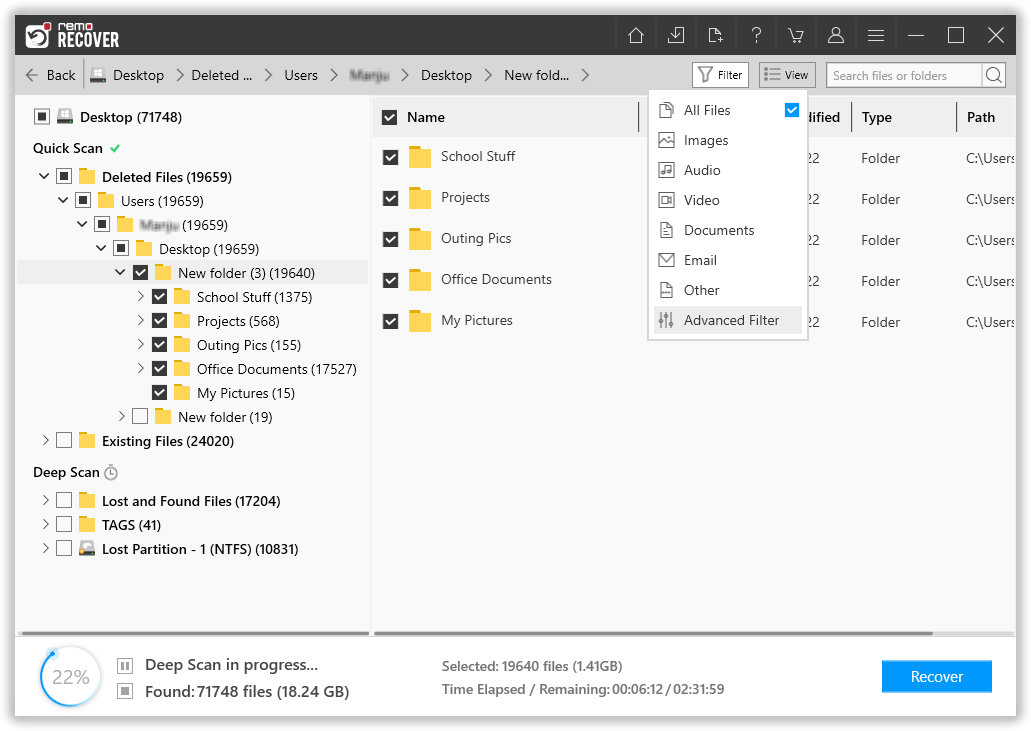File Recovery from HFS Partition
- Scans and recovers files from formatted, deleted, and corrupted HFS partition
- Fully compatible to run with all editions of Mac OSX
- Performs restoration of data from both HFS and HFS+ volumes
- Also displays a preview of the files restored from the HFS volumes
Data loss from HFS volumes
HFS or Hierarchical File System is a proprietary file system developed by the Apple Inc. developed for Mac OS machines. It was the standard file system of Mac computers until the arrival of OS X series of computes where the successor of HFS namely HFS+ became the default file system. Nowadays, even though Apple limited the support of HFS, there are users who are still using this file system on their Mac OS computers. This limited support is somewhere responsible for the troubles to HFS users like data loss.
Some Causes for Data Loss from HFS Partitions
- Catalog Table Corruption: A catalog file stores all file records under a unique data structure. It is one of the most important components of Mac OS. Any corruption to this file destroys the entire file system of a partition completely.
- Formatting: An HFS volume can get formatted due to human errors as well as system errors. Accidental formatting of an unintended HFS drive is just an example of this.
- Other Reasons: Apart from the above reasons, there are many reasons which are accountable for the data loss from Mac HFS volumes like journal corruption, system crash, errors during reinstallation, software conflicts, and many more.
Whatever OS or file system, it might be; the primary concern of most of the users will be the safety of the data stored in it. But if the data loss occurs and without a backup(time machine or drive), the only possible option would be recovery via a reliable data recovery software.
Simplest way to restore data from HFS partitions
The Folder Recovery tool is an ideal option for HFS partition data recovery from different types of Mac machines. This tool also supports the restoration of all other file systems such as HFS+, exFAT, NTFS, NTFS5, etc. It can recover deleted files from a Mac hard drive even in the latest versions of MacBook computers like MacBook Air, MacBook Pro, iMac, etc. Visit the following page to get more details about this subject- https://www.folderrecovery.net/can-you-deleted-files-on-your-macbook.html
Notable features of HFS file recovery Tool
- Securely performs restoration of permanently deleted data from the HFS volumes
- The recovered data is sorted based upon their filename, file size, creation date and modification date.
- Helps to restore zipped files, documents, images, videos, music files, etc. using the unique signatures.
- Can be installed on Mac machines running High Sierra, Sierra, El Capitan, Yosemite, Macericks, Snow Leopard, Leopard, Mountain Lion, and Lion
- Also serves useful in retrieving files/folders from SD cards, USB drives, SSD, iPods, etc. Read more about how to recover photos from a formatted SD card with utmost ease.
Steps to perform file recovery on HFS partitions:
Step 1: Launch the software and select Recover Files option on the home screen as shown in Figure 1.
Step 2: Pick the the drive representing the HFS volume from the list of available drives.

Figure 1: Recover Partitions/Drives
Step 3: The HFS volume will be deep scanned and the files will be extracted.

Figure 2: Scanning for Folders
Step 4: The files fetched from the HFS volume will be displayed in File Type View and Data View panes.

Figure 3: Recovered Folders
Step 5: Preview the restored files. Check-mark the folder items for saving.

Figure 4: Preview Window
Step 6: Set a target location to save the files retrieved from the HFS partition. Then click on the Save button.

Figure 5: Save Recovered Folders